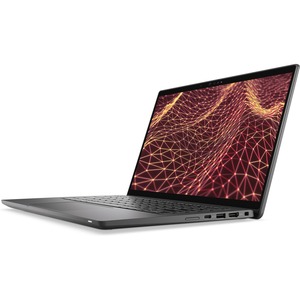Description
Gigabyte R181-Z92 Barebone System – 1U Rack-mountable – Socket SP3 – 2 x Processor Support – AMD Chip – 128 GB DDR4 SDRAM DDR4-2666/PC4-21300 Maximum RAM Support – 32 Total Memory Slots – ASPEED AST2500 Graphic(s) – 10 2.5″ Bay(s) – Processor Support (EPYC) – Gigabit Ethernet – 4 USB 3.0 Port(s) – 2 x 1200 W – 1 Year
AMD EPYC™ Processors
The New x86 Option
AMD’s return to the CPU segment delivers a whole new value proposition to the x86 world. Built on GIGABYTE’s extensive design expertise across a range of chipset platforms, this AMD EPYC™ platform is already receiving acclaim for its high specification:
- Memory
- I/O
- Network connectivity
This platform is intended as an alternative for builders in the x86 space and packs a real punch in flexibility and expansion options.
CPU Key Features
- Memory Optimization
Memory speed of up to 2666MHz (at 1DPC)
Total memory capacity of 4TB supported - PCIe Lanes
Up to 128 lanes in both 1P and 2P offerings providing the highest expandability options of any x86 platform - Cores / Power
CPU power is managed at the core level, meaning that power is allocated only for specific workload needs - Security
Proprietary AMD security on chip
Comprehensive I/O
Both single- and dual-socket CPUs come equipped with 128x PCIe lanes, providing extensive I/O options. This is a huge improvement in I/O vs. incumbent x86 offerings.
Increased I/O allows for flexibility in extending your storage, networking or compute to a level previously unattainable with standard server motherboards.
In addition, the integrated nature of the processor – designed as a system-on-chip (SoC) – means that there is no need for a separate PCH and less additional switches needed for expansion lanes.









